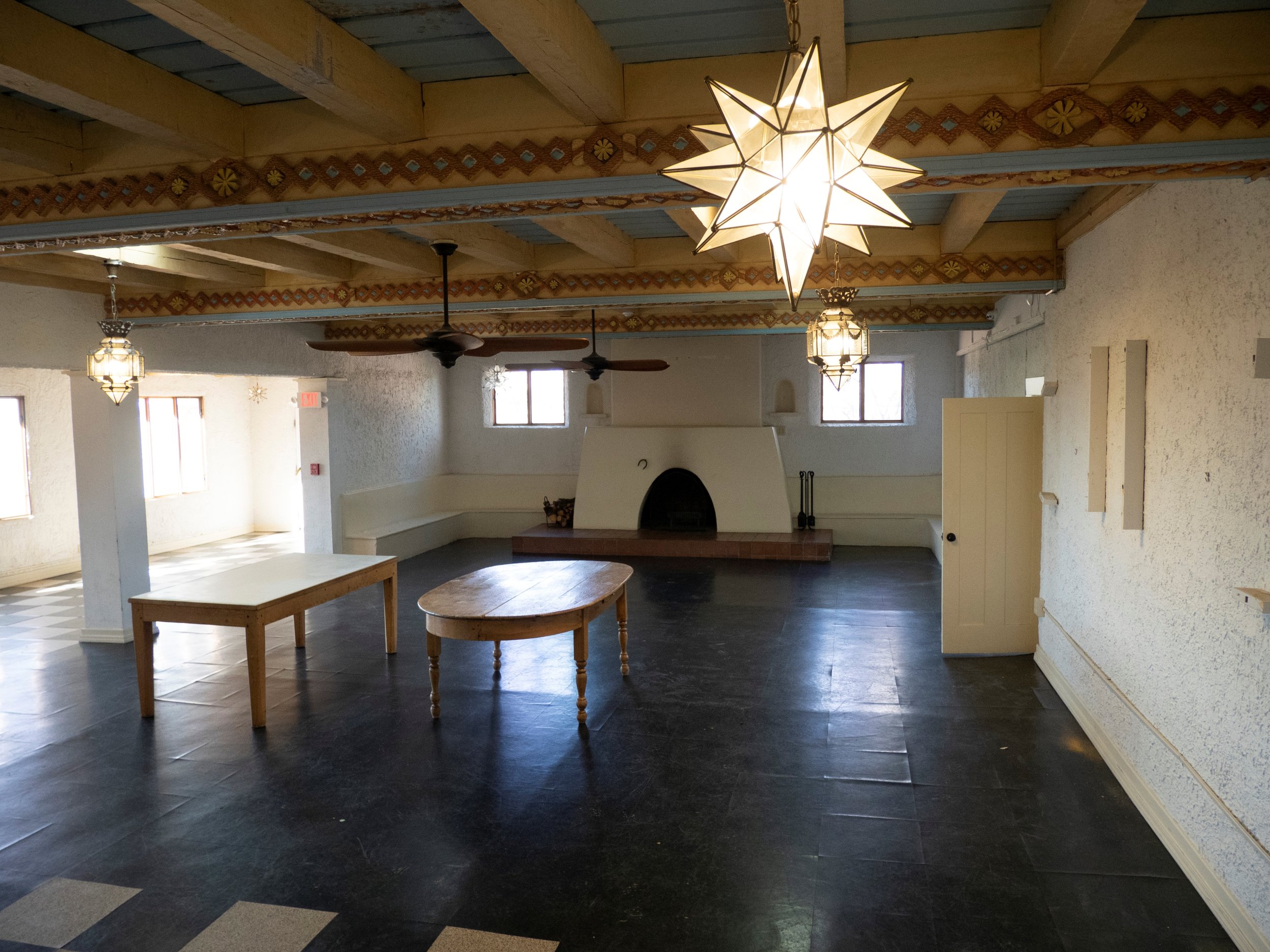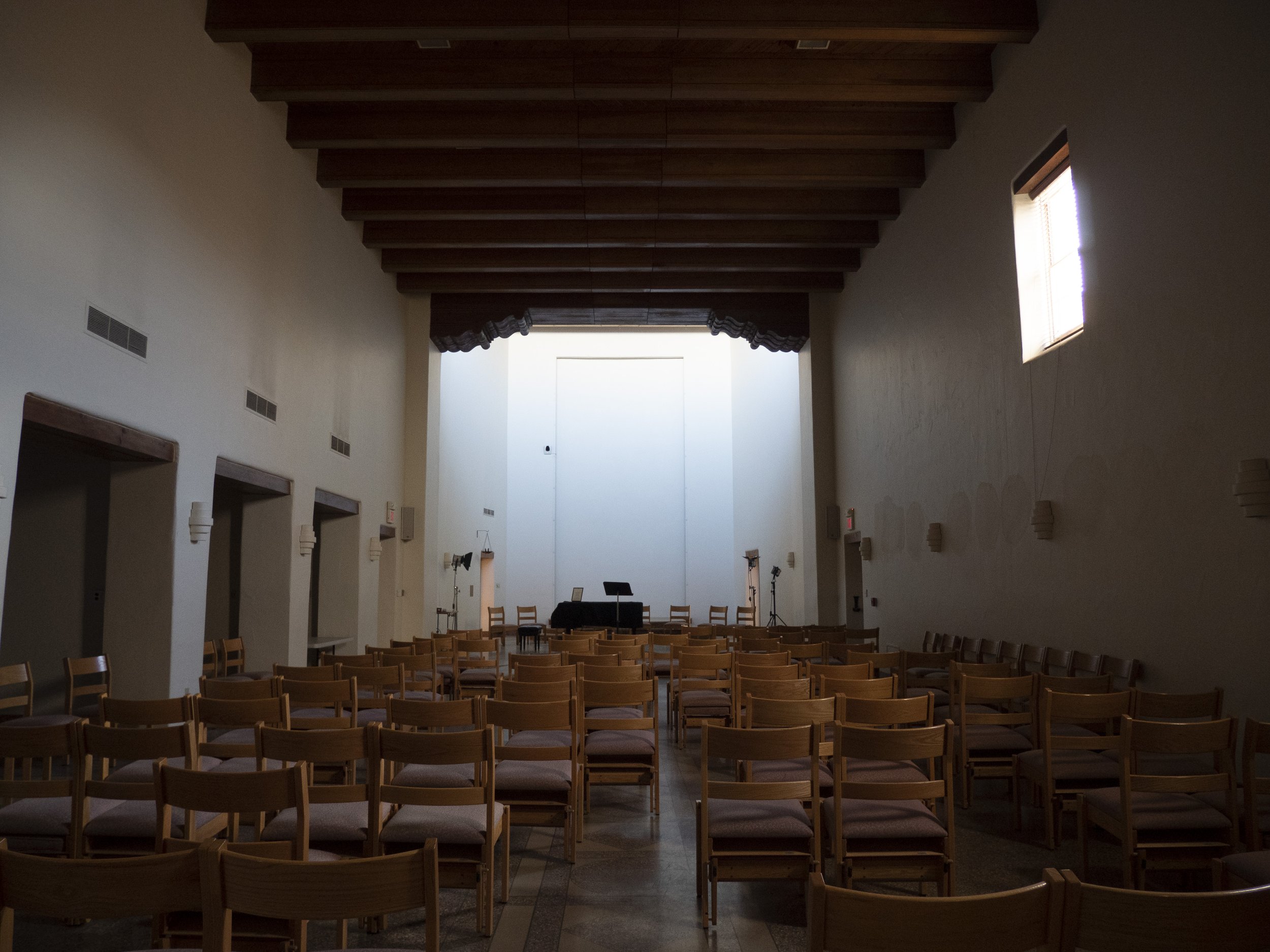Immaculate Heart of Mary Seminary
Santa Fe, New Mexico
The Immaculate Heart of Mary Seminary property is situated at the base of Sun Mountain in southeast Santa Fe, New Mexico. Although now two separate parcels, historically they were one parcel that operated as the Sunmount Sanatorium and later the Santa Fe Inn. The complex consists of eight contributing buildings constructed between ca. 1900 and 1964 and four non-contributing buildings and structures.
The buildings associated with the Immaculate Heart of Mary Seminary complex are nominated to the National Register under Criterion C: Architecture as they embody the distinctive characteristics of Santa Fe style architecture from its early development at the turn of the century through its mid-century expression. The campus also represents the work of master architects Isaac Rapp, John Gaw Meem, and the firm McHugh, Hooker, & Bradley P. Kidder.
The contributing buildings were constructed in the Santa Fe style, with adobe or stucco exteriors, and portales, vigas, zapatas, and canales characteristic of the style. The buildings and campus epitomize the evolution of Santa Fe style from its earliest iteration in the early twentieth century through its modern interpretation in the 1960s. As a whole, the property represents numerous eras in the architectural history of Santa Fe and has contributed to the broader development of the city, and particularly southeast Santa Fe, over the course of the twentieth century. The property contains a unique collection of buildings designed by master architects, each building upon the legacy of their predecessor, set within the village-like campus at the base of the Sangre de Cristo mountains.
The complex contains a unique collection of Spanish-Pueblo Revival style architecture, also known as the Santa Fe style, that spans the early Territorial interpretation of Pueblo and Spanish building techniques , early development of the style in the 1910s, the refinement of the style in the 1920s and 1930s, and the modernization of the style in the 1950s and 1960s. All the architects of the various building periods were directly influenced by or had worked under the previous architects, and thus the complex represents a unique display of both continuity and evolution of the Santa Fe style and with the exception of the Office, the buildings are all the works of master architects. Although there have been alterations to the property over time, many were done within the period of significance, which extends from 1900 to 1964, and the complex still retains a high degree of integrity.









